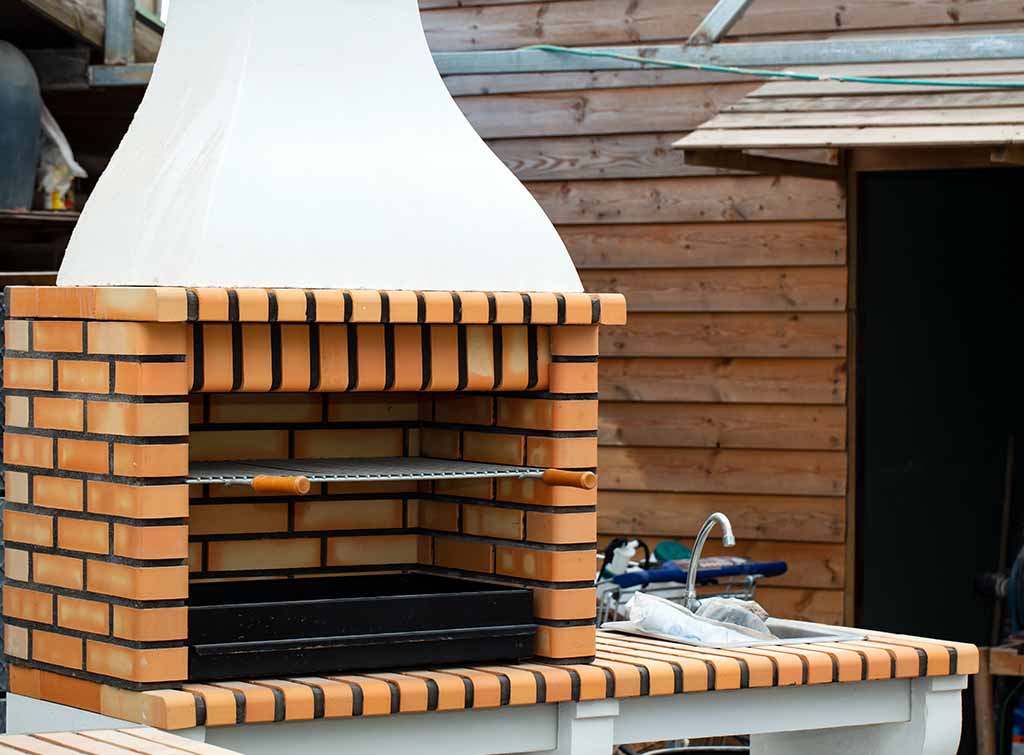Blog>Questions>What's the best anti-mould paint?
Last updated: 7 November 2023
What's the best anti-mould paint?
We reveal our pick of the best anti-mould paint options available to help banish the mould from your home.
If you're plagued with mould in your home, no doubt you want to know what's the best anti-mould paint available.
Black mould grows in areas where there's high levels of humidity or dampness, which is why it's often prevalent on bathroom ceilings and walls.
If you're looking for the best anti-mould paint, it's likely you've already dealt with the underlying cause of the damp to stop it from returning. If not, read this post to understand what's causing the mould, how to get rid of it, and how to prevent it in future.
With the prep work done, you can now confidently forge ahead with your anti-mould paint to freshen up your walls and ceilings for a mould-free home.
See the tradespeople we've checked and recommend for your job
What's the best anti-mould paint?
Anti-mould paints are specially designed to help prevent mould from growing on walls and ceilings.
Some anti-mould paints contain biocides that kill mould growth. Others contain advanced technology that inhibits the moisture that's responsible for mould growth.
Three of the most popular anti-mould paints are:
Suretherm Thermal Anti-Condensation Paint
Anti-mould paint and mould-resistant paint are great for high-humidity areas of the home, such as the bathroom and kitchen. They contain biocides and fungal defence ingredients to help stop mould from forming.
They're also scuff and scrub-resistant, making them incredibly durable too. In fact, Zinsser's Mould Resistant Paint comes with a 7-year performance guarantee, while Ronseal's Anti-Mould Paint offers a 6-year guarantee.
Suretherm's Anti-Condensation Paint works in a slightly different way. Rather than containing biocides, it contains glass microsphere technology to help maintain the surface temperature of the treated areas (e.g. walls and ceilings) by absorbing heat.
This heat helps to evaporate any condensation that tries to form, therefore reducing the moisture-rich environment in which mould thrives.
Prepping your walls and ceilings for anti-mould paint
You can buy the best anti-mould paint on the market, but if you simply paint over the mould and avoid the necessary prep work, expect it to return.
Protect surrounding surfaces with dust sheets and put on appropriate safety wear: goggles, gloves, and mask
Remove any loose or flaking paint from the affected areas with a paint scraper or stiff brush
Mix a solution of one part bleach to four parts water. Take a cloth and wipe away any visible mould. Allow to dry
Fill any cracks or holes with filler. Allow to dry and sand to smooth the area
Apply your chosen anti-mould paint. Follow the manufacturer's instructions for drying times between coats
Tips for preventing mould regrowth
To give your anti-mould paint the best chance of success, try to reduce the humidity and improve the ventilation in your home.
In a bathroom or kitchen, fit an adequately sized extractor fan to be used when showering or cooking
Ensure rooms exposed to humid conditions have sufficient ventilation by opening a window to allow steam to escape
Ensure your radiator is adequate for the size of your bathroom to help keep surfaces warm and prevent condensation from settling
For help with damp and mould or redecoration, search our leading directory of tradespeople to find an experienced professional you can rely on.
See the tradespeople we've checked and recommend for your job
See the tradespeople we've checked and recommend for your job
